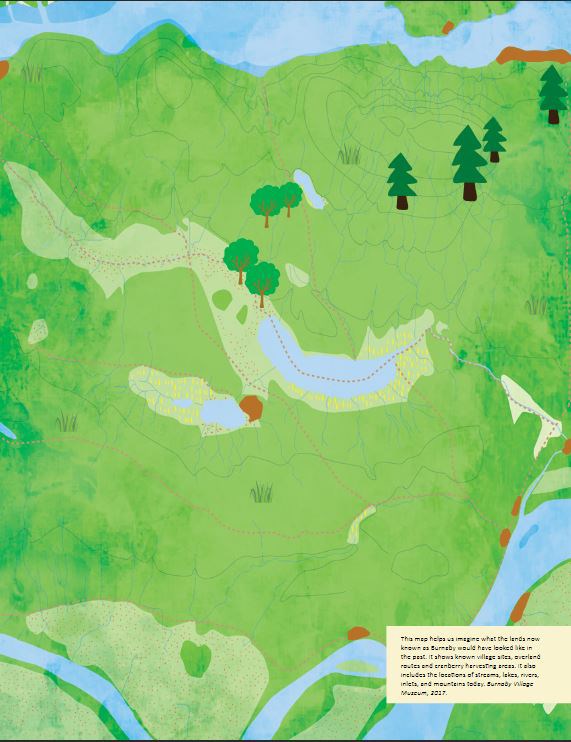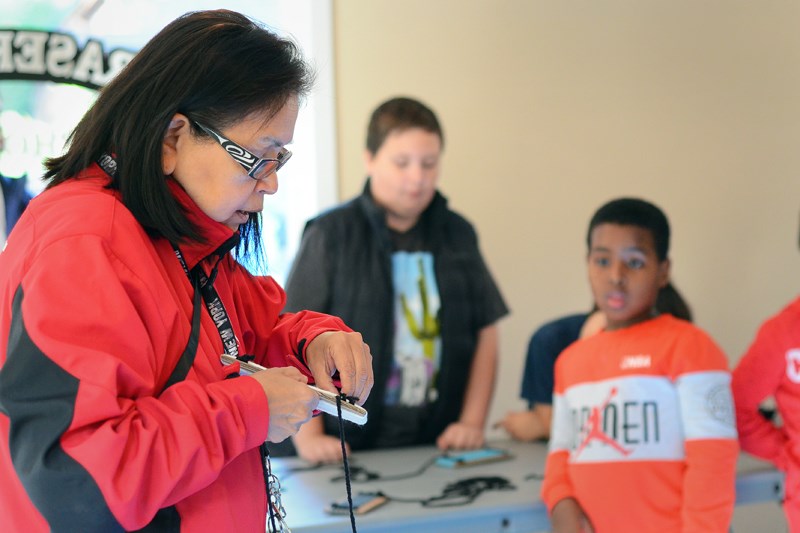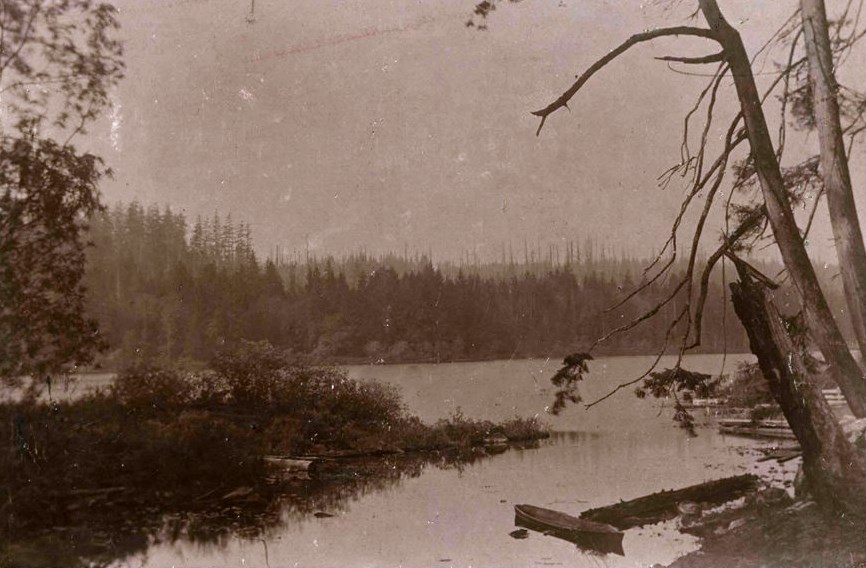A Burnaby Village Museum project aimed at undoing the erasure of local Indigenous history has earned a national museum award.
The Indigenous History in Burnaby Resource Guide is a 27-page historical overview of hən̓q̓əmin̓əm̓ and Sḵwxw̱ú7mesh history in the city from the time of the ancestors to the present day.
Three years in the making, it was developed in partnership with the Kwantlen, Sḵwxw̱ú7mesh, Tsleil-Waututh and xʷməθkʷəyə̓m (Musqueam) First Nations.

Challenging the idea that Burnaby was an “empty wilderness” developed by European settlers, the guide describes a host of activities hən̓q̓əmin̓əm̓ and Sḵwx̱wú7mesh-speaking people undertook on the land before contact.
Last month, the Canadian Museum Association recognized the project with an outstanding achievement award in the area of education.
The award recognizes one exceptional museum project that advances knowledge and understanding by reaching new audiences or enhancing existing ones.
“We share this honour with the communities who shared their history and knowledge as we developed this guide,” BVM cultural heritage manager Deborah Tuyttens said in a city news release. “This award recognizes the value of promoting and expanding Indigenous knowledge and learning in our museums and communities.”
The Indigenous History in Burnaby Resource Guide was published in October 2019 and is available as a free, downloadable PDF on the Burnaby Village Museum website.

The museum considers the guide to be a living document that will be updated through ongoing conversations with all First Nations who share territory in Burnaby.
It’s suitable for students in Grade 5 and up and includes photographs, sidebar stories and a glossary.
Burnaby Mayor Mike Hurley said the resource has proven invaluable for city staff working to implement the calls to action from the Truth and Reconciliation Commission.
“Congratulations to everyone who contributed to the development of this exceptional guide,” he said in the release.
For Michelle George of the Tsleil-Waututh Nation Treaty, Lands and Resources Department, the project strikes a more personal chord.
“The guide, from my perspective, represents an opportunity to write our own history, the way we understand it,” she said in the release. “It is about being able to tell First Nations history from a First Nations perspective.”
Follow Cornelia Naylor on Twitter @CorNaylor
Email [email protected]



